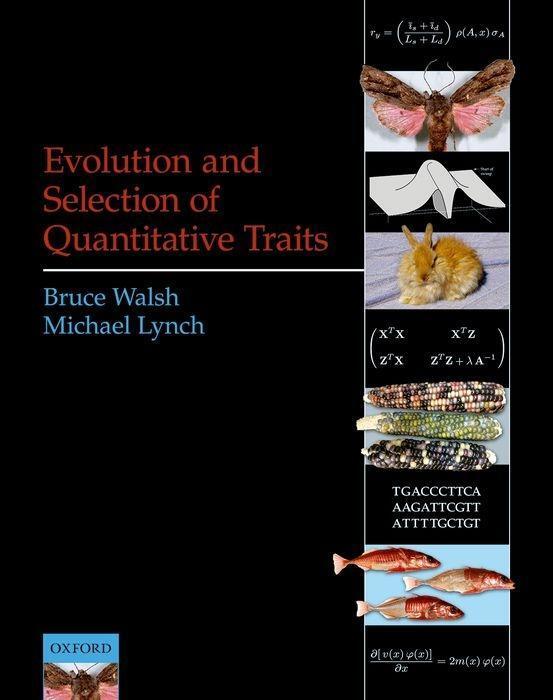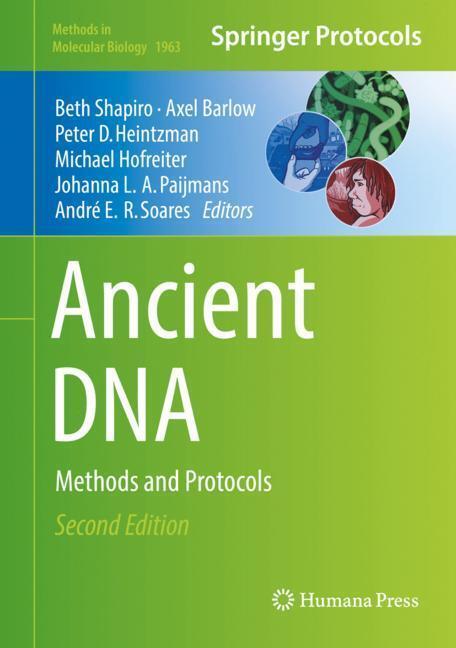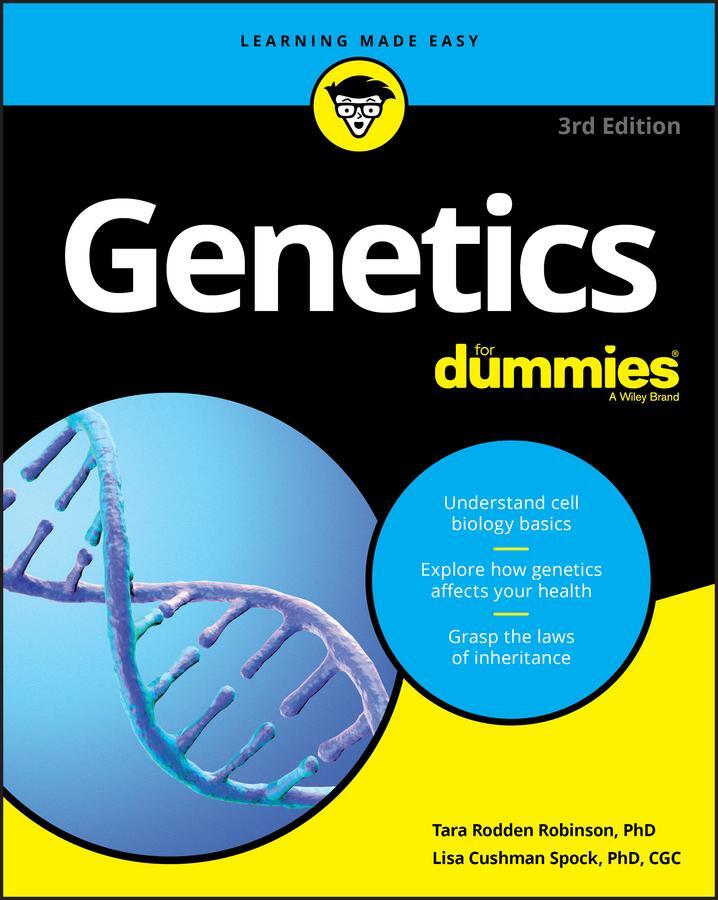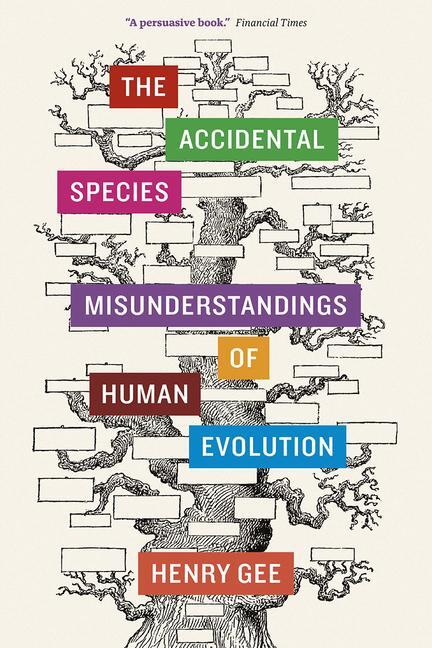Dekorationsartikel gehören nicht zum Leistungsumfang.
Sprache:
Englisch
191,50 €*
Versandkostenfrei per Post / DHL
Aktuell nicht verfügbar
Kategorien:
Beschreibung
This is the second volume in a planned trilogy that summarises the modern field of quantitative genetics, informed by empirical observations from wide-ranging fields (agriculture, evolution, ecology, and human biology) as well as population genetics, statistical theory, mathematical modeling, genetics, and genomics.
This is the second volume in a planned trilogy that summarises the modern field of quantitative genetics, informed by empirical observations from wide-ranging fields (agriculture, evolution, ecology, and human biology) as well as population genetics, statistical theory, mathematical modeling, genetics, and genomics.
Über den Autor
Bruce Walsh is Professor of Ecology and Evolutionary Biology at the University of Arizona. He has taught advanced classes on quantitative genetics in 25 different countries and his research interests are at the interface of biology, genetics, mathematical modelling, and statistics. He is also an avid lepidopterist, having described over two dozen species of new moths and has three species named after him.
Michael Lynch is Professor in the Schoool of Life Sciences at Arizona State University and is Center Director of the Biodesign Center for Mechanims of Evolution. His research is focused on mechanisms of evolution at the gene, genomic, cellular, and phenotypic levels, with special attention being given to the roles of mutation, random genetic drift, and recombination. He is a member of the US National Academy of Sciences, and a fellow of the American Academy of Arts and Sciences.
Michael Lynch is Professor in the Schoool of Life Sciences at Arizona State University and is Center Director of the Biodesign Center for Mechanims of Evolution. His research is focused on mechanisms of evolution at the gene, genomic, cellular, and phenotypic levels, with special attention being given to the roles of mutation, random genetic drift, and recombination. He is a member of the US National Academy of Sciences, and a fellow of the American Academy of Arts and Sciences.
Inhaltsverzeichnis
- Preface
- I
- Introduction
- 1: Changes in quantitative traits over time
- II
- Evolution at one and two loci
- 2: Neutral evolution in one- and two-locus systems
- 3: The genetic effective size of a population
- 4: The nonadaptive forces of evolution
- 5: The population genetics of selection
- 6: Theorems of natural selection: Results of Price, Fisher, and Robertson
- 7: Interaction of selection, mutation, and drift
- 8: Hitchhiking and selective sweeps
- 9: Using molecular data to detect selection: Signatures from recent single events
- 10: Using molecular data to detect selection: Signatures from multiple historical events
- III
- Drift and quantitative traits
- 11: Changes in genetic variance induced by drift
- 12: The neutral divergence of quantitative traits
- IV
- Short-term response on a single character
- 13: Short-term changes in the mean: 1. The breeder's equation
- 14: Short-term changes in the mean: 2. Truncation and threshold selection
- 15: Short-term changes in the mean: 3. Permanent versus transient response
- 16: Short-term changes in the variance: 1. Changes in the additive variance
- 17: Short-term changes in the variance: 2. Changes in environmental variance
- 18: Analysis of short-term selection experiments: 1. Least-squares approaches
- 19: Analysis of short-term selection experiments: 2. Mixed-model and bayesian approaches
- 20: Selection response in natural populations
- V
- Selection in structured populations
- 21: Family-based selection
- 22: Associative effects: Competition, social interactions, group and kin selection
- 23: Selection under inbreeding
- VI
- Population-genetic models of trait response
- 24: The infinitesimal model and its extensions
- 25: Long-term response: 1. Deterministic aspects
- 26: Long-term response: 2. Finite population size and mutation
- 27: Long-term response: 3. Adaptive walks
- 28: Maintenance of quantitative genetic variation
- VII
- Measuring selection on traits
- 29: Individual fitness and the measurement of univariate selecton
- 30: Measuring multivariate selection
- VIII
- Appendices
- A1: Diffusion theory
- A2: Introduction to Bayesian Analysis
- A3: Markov Chain Monte Carlo and Gibbs sampling
- A4: Multiple comparisons: Bonferroni corrections, false-discovery rates, and meta-analysis
- A5: The geometry of vectors and matrices: Eigenvalues and eigenvectors
- A6: Derivatives of vectors and vector-valued functions
- Literature Cited
- Author Index
- Organism and Trait Index
- Subject Index
Details
| Erscheinungsjahr: | 2018 |
|---|---|
| Fachbereich: | Grundlagen |
| Genre: | Biologie |
| Rubrik: | Naturwissenschaften & Technik |
| Medium: | Buch |
| Seiten: | 1496 |
| Inhalt: | Gebunden |
| ISBN-13: | 9780198830870 |
| ISBN-10: | 0198830874 |
| Sprache: | Englisch |
| Einband: | Gebunden |
| Autor: |
Walsh, Bruce
Lynch, Michael |
| Hersteller: | Oxford University Press, USA |
| Maße: | 284 x 224 x 66 mm |
| Von/Mit: | Bruce Walsh (u. a.) |
| Erscheinungsdatum: | 30.08.2018 |
| Gewicht: | 3,869 kg |
Über den Autor
Bruce Walsh is Professor of Ecology and Evolutionary Biology at the University of Arizona. He has taught advanced classes on quantitative genetics in 25 different countries and his research interests are at the interface of biology, genetics, mathematical modelling, and statistics. He is also an avid lepidopterist, having described over two dozen species of new moths and has three species named after him.
Michael Lynch is Professor in the Schoool of Life Sciences at Arizona State University and is Center Director of the Biodesign Center for Mechanims of Evolution. His research is focused on mechanisms of evolution at the gene, genomic, cellular, and phenotypic levels, with special attention being given to the roles of mutation, random genetic drift, and recombination. He is a member of the US National Academy of Sciences, and a fellow of the American Academy of Arts and Sciences.
Michael Lynch is Professor in the Schoool of Life Sciences at Arizona State University and is Center Director of the Biodesign Center for Mechanims of Evolution. His research is focused on mechanisms of evolution at the gene, genomic, cellular, and phenotypic levels, with special attention being given to the roles of mutation, random genetic drift, and recombination. He is a member of the US National Academy of Sciences, and a fellow of the American Academy of Arts and Sciences.
Inhaltsverzeichnis
- Preface
- I
- Introduction
- 1: Changes in quantitative traits over time
- II
- Evolution at one and two loci
- 2: Neutral evolution in one- and two-locus systems
- 3: The genetic effective size of a population
- 4: The nonadaptive forces of evolution
- 5: The population genetics of selection
- 6: Theorems of natural selection: Results of Price, Fisher, and Robertson
- 7: Interaction of selection, mutation, and drift
- 8: Hitchhiking and selective sweeps
- 9: Using molecular data to detect selection: Signatures from recent single events
- 10: Using molecular data to detect selection: Signatures from multiple historical events
- III
- Drift and quantitative traits
- 11: Changes in genetic variance induced by drift
- 12: The neutral divergence of quantitative traits
- IV
- Short-term response on a single character
- 13: Short-term changes in the mean: 1. The breeder's equation
- 14: Short-term changes in the mean: 2. Truncation and threshold selection
- 15: Short-term changes in the mean: 3. Permanent versus transient response
- 16: Short-term changes in the variance: 1. Changes in the additive variance
- 17: Short-term changes in the variance: 2. Changes in environmental variance
- 18: Analysis of short-term selection experiments: 1. Least-squares approaches
- 19: Analysis of short-term selection experiments: 2. Mixed-model and bayesian approaches
- 20: Selection response in natural populations
- V
- Selection in structured populations
- 21: Family-based selection
- 22: Associative effects: Competition, social interactions, group and kin selection
- 23: Selection under inbreeding
- VI
- Population-genetic models of trait response
- 24: The infinitesimal model and its extensions
- 25: Long-term response: 1. Deterministic aspects
- 26: Long-term response: 2. Finite population size and mutation
- 27: Long-term response: 3. Adaptive walks
- 28: Maintenance of quantitative genetic variation
- VII
- Measuring selection on traits
- 29: Individual fitness and the measurement of univariate selecton
- 30: Measuring multivariate selection
- VIII
- Appendices
- A1: Diffusion theory
- A2: Introduction to Bayesian Analysis
- A3: Markov Chain Monte Carlo and Gibbs sampling
- A4: Multiple comparisons: Bonferroni corrections, false-discovery rates, and meta-analysis
- A5: The geometry of vectors and matrices: Eigenvalues and eigenvectors
- A6: Derivatives of vectors and vector-valued functions
- Literature Cited
- Author Index
- Organism and Trait Index
- Subject Index
Details
| Erscheinungsjahr: | 2018 |
|---|---|
| Fachbereich: | Grundlagen |
| Genre: | Biologie |
| Rubrik: | Naturwissenschaften & Technik |
| Medium: | Buch |
| Seiten: | 1496 |
| Inhalt: | Gebunden |
| ISBN-13: | 9780198830870 |
| ISBN-10: | 0198830874 |
| Sprache: | Englisch |
| Einband: | Gebunden |
| Autor: |
Walsh, Bruce
Lynch, Michael |
| Hersteller: | Oxford University Press, USA |
| Maße: | 284 x 224 x 66 mm |
| Von/Mit: | Bruce Walsh (u. a.) |
| Erscheinungsdatum: | 30.08.2018 |
| Gewicht: | 3,869 kg |
Warnhinweis













